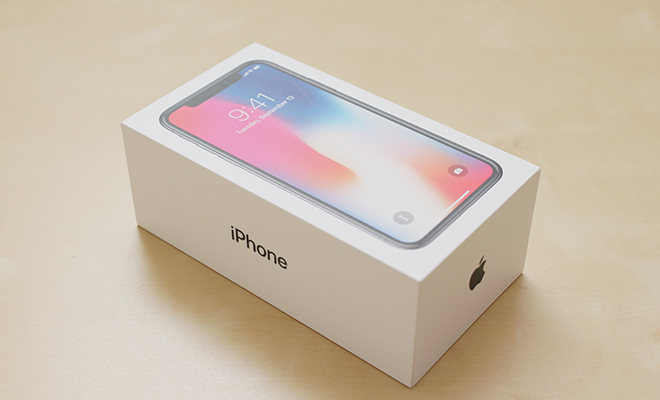
Go for An Upgrade: When Should You?
Are you always enticed by the latest and greatest when it comes to new phones and technology? Is it worth it to continue upgrading each time or is it better to stick with a certain phone until another phone generation pops up? If you’re unsure what to do, it might be time to weigh the pros and cons of phone upgrades to see if it’s in your best interest.
Over the last few years, phones have gotten more and more expensive. As you might have already noticed, upgrades aren’t as simple as just re-signing a contract and getting a brand-new phone out of the deal. Many cellular companies have done away with contracts and instead want you to pay full price for a phone or sign up for some type of monthly payment plan to pay it off within a few years, in addition to any fees or upgrade charges that you might not be aware of at first. Since phones are now selling upwards of $800 or $900 depending on your data package, it’s definitely a good idea to weigh your options when it comes to upgrades.
Upgrading Costs: What Should You Do?
There are a few options when it’s time to upgrade or you want to exchange your current phone for the latest model. Depending on your cellular carrier, you have some choices to make.
Outright Purchase: Don’t want to add more money to your monthly bill? You do have the option of paying for a new phone outright, or in full.
Contract Exchange: If your carrier offers this option, it might be something worth doing if you’re not ready to pay in full. The carrier will provide subsidies on the phone of your choice in exchange for a two-year contract. This could come with hidden monthly charges in addition to minimal upfront costs, in comparison with the full price of the phone. Go over all your options before agreeing to a contract.
Installments: One way carriers bridge the gap between customers wanting new phones and the serious price tag with each new generation released is by making the phones much more accessible for frequent upgrades and offer monthly installments. This works like any other purchase on installment and may include a range of monthly fees depending on data packages, phone prices and a number of other variables.
When Should You Buy a New Phone?
There’s a huge difference between a need and a want; however, those lines are often blurred when new technology is announced or everyone around you is springing for the newest, slickest phone. Here are a few signs you’re ready for a new phone.
The operating system isn’t updating. Depending on how old your phone is, you might have trouble updating new versions of operating software the longer you have your phone. This could make the phone slow, insecure in terms of data safety and it may even cease to work in some cases.
You can’t use any apps. The main draw of smartphones is the number of apps at your fingertips; plus, with the amount of banking, planning, shopping and entertainment on smartphones, there’s no point in having an expensive phone if you can’t use it to its fullest capability! If you find that you can’t download certain apps due to compatibility issues or there’s not enough storage to save anything on your phone, then an upgrade might be in order.
It’s too slow. Is there anything more frustrating than a page that won’t load or poor connections when you’re trying to talk to someone over the phone? Older phones are made with slower processing power, which means the performance of the phone will continue to decrease over time.
The technology is out of date. If you use your phone for business or to create content, you’re going to need the best camera and processing speed available. For most, smartphone cameras have replaced traditional, digital cameras, so if you’re out of photo storage or your pictures aren’t looking crisp and high-quality, then it’s time to upgrade.
Managing Security Features
With the amount of private and important information stored in phones, from passwords to bank accounts, credit cards and the like, it’s no surprise more people want security to access phones. One answer recently introduced to some smartphones is facial recognition instead of a fingerprint entry point.
Facial recognition works by recognizing certain features of your face and creating a “fingerprint” from the information. One downside to facial recognition is that precise camera angles must be used in order to unlock a phone. While makeup won’t impede access, some forms of facial obstruction currently create an issue with access, mostly hats, facial hair and even glasses in some cases. ■
Sources: techfunnel.com, inc.com and usatoday.com.







